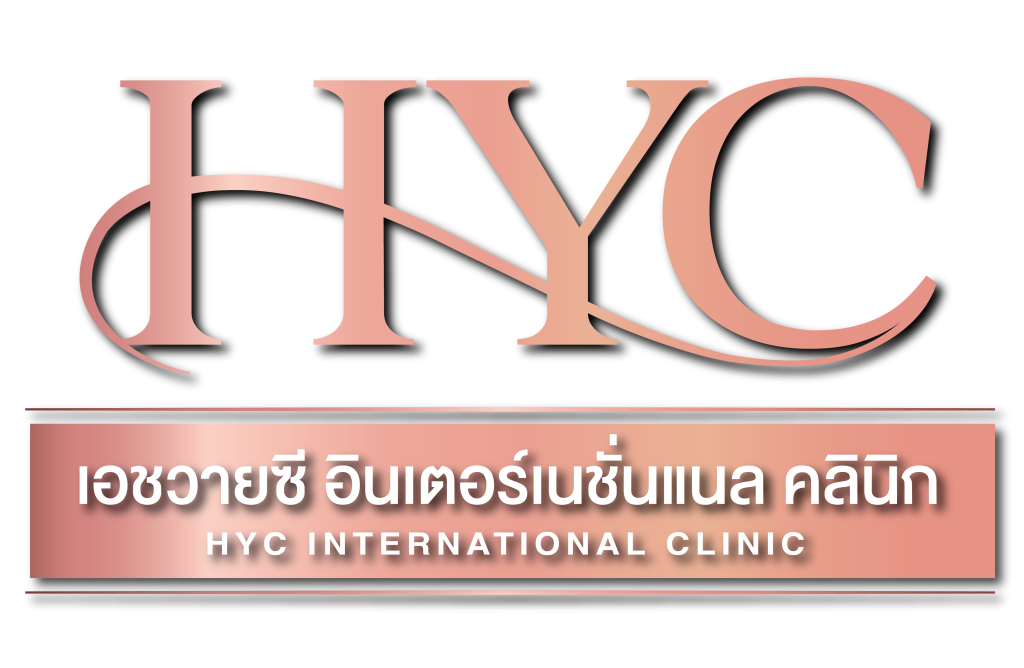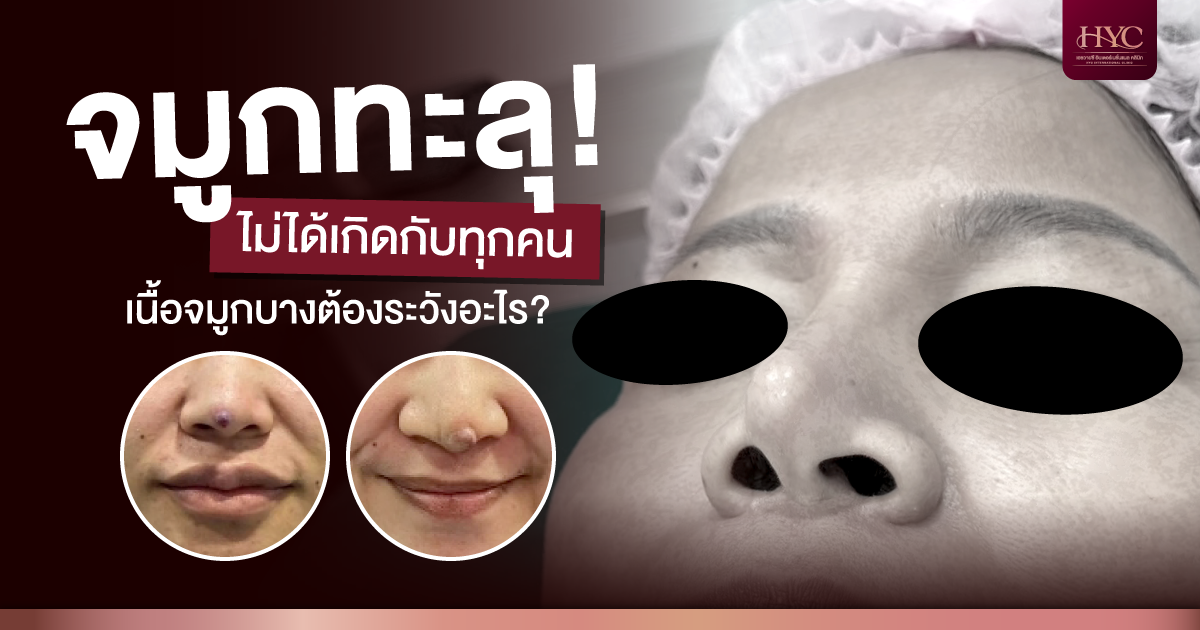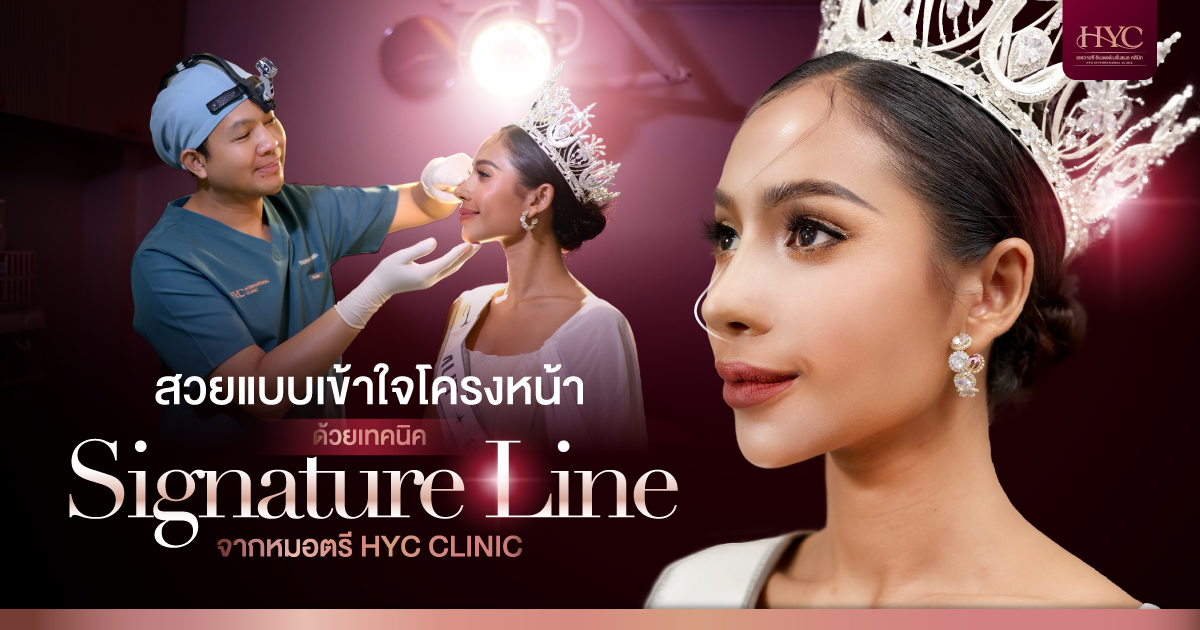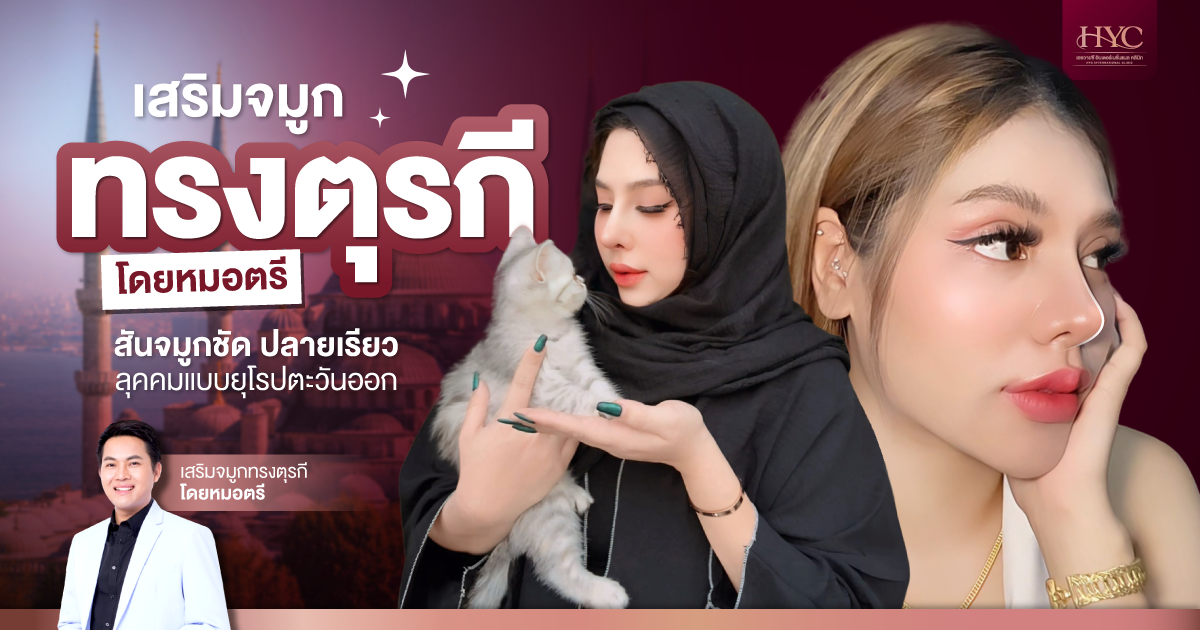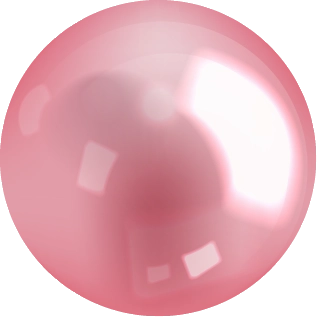Rhinoplasty is one of the most popular cosmetic procedures, but for individuals with thin nasal skin, the risk of implant extrusion—where the implant pushes through the skin—should not be taken lightly.
Understanding Implant Extrusion
Nasal implant extrusion occurs when the silicone or other implant material protrudes through the skin, most commonly at the tip of the nose or inside the nostrils. People with thin skin in these areas are at higher risk than those with thicker nasal tissue.
Main Causes of Implant Extrusion
-
Unsuitable materials or implant size
Using oversized or overly high silicone implants can exert excessive pressure on the nasal tissue, restricting blood flow and leading to tissue thinning over time. -
Repeated surgeries
Undergoing frequent rhinoplasty revisions in a short period can weaken the nasal tissues, increasing the likelihood of complications. -
Infections and inflammation
Post-surgical infections or improper wound care can degrade tissue quality, leading to extrusion. -
Incorrect surgical techniques
Placing the implant incorrectly—such as above the periosteum instead of beneath—or using poorly fitted implants can raise the risk. -
External trauma
Impact or significant pressure on the nose after surgery can dislodge the implant and cause extrusion.
Warning Signs to Watch For
-
Physical changes
-
Thinning of the nasal skin at the tip, making the implant outline visible
-
Discoloration at the nose tip (e.g. dark red, pale, or shiny)
-
Persistent pain or sensitivity at the nose tip
-
Boil-like acne that does not heal with treatment
-
-
Structural changes
-
Nose appears elongated or drooping
-
Visible outline or edge of the implant through the skin or nostrils
-
If you notice any of these signs, consult a qualified doctor immediately for evaluation and treatment planning.
Prevention Strategies
-
Choosing an experienced surgeon
A skilled rhinoplasty surgeon can properly assess your nasal structure and select the safest and most suitable techniques. -
Using the right materials
Options such as ear cartilage or synthetic tissue grafts may be recommended to provide added cushioning, reducing friction and pressure from the implant. -
Proper implant height
Patients with thin nasal skin should avoid overly high nose bridges and focus on natural-looking results that match their anatomy. -
Post-operative care
Following your surgeon’s instructions strictly—including wound care and infection prevention—is crucial to avoiding complications. -
Avoiding trauma
Protect your nose from impact or excessive pressure, especially during the healing period.
Treatment Options
-
Initial assessment
If warning signs are present, your doctor will assess the severity and determine the appropriate treatment. -
Implant removal
If extrusion is suspected or imminent, removal of the current implant may be necessary, followed by revision with better-suited materials or techniques. -
Tissue grafts
In some cases, ear cartilage or rib cartilage may be used to provide extra support and padding, reducing the chance of future extrusion. -
Managing complications
If infection is involved, it must be treated thoroughly and tissue allowed to heal fully before proceeding with any new procedures.
Dr. Tree’s Approach: High-Quality Korean Synthetic Tissue for Long-Term Safety
To reduce the risk of nasal tip extrusion, Dr. Tree uses premium Korean-imported synthetic tissue to reinforce the nasal tip area. This material closely mimics natural human tissue, distributing implant pressure more evenly and producing a smooth, natural finish without visible edges.
This technique is especially beneficial for:
-
Patients with thin nasal skin
-
Those who have undergone multiple surgeries
By using such high-grade materials, Dr. Tree demonstrates a strong commitment to both aesthetic beauty and long-term safety.
Conclusion
Dr. Tree prioritizes both safety and lasting results. That’s why only certified, medical-grade silicone and imported synthetic tissue are used throughout each procedure. This greatly reduces the risk of infection or extrusion while ensuring a naturally beautiful, seamless look that harmonizes with the face.
Because at the heart of Dr. Tree’s philosophy is the belief that:
“True beauty must always come with safety.”
